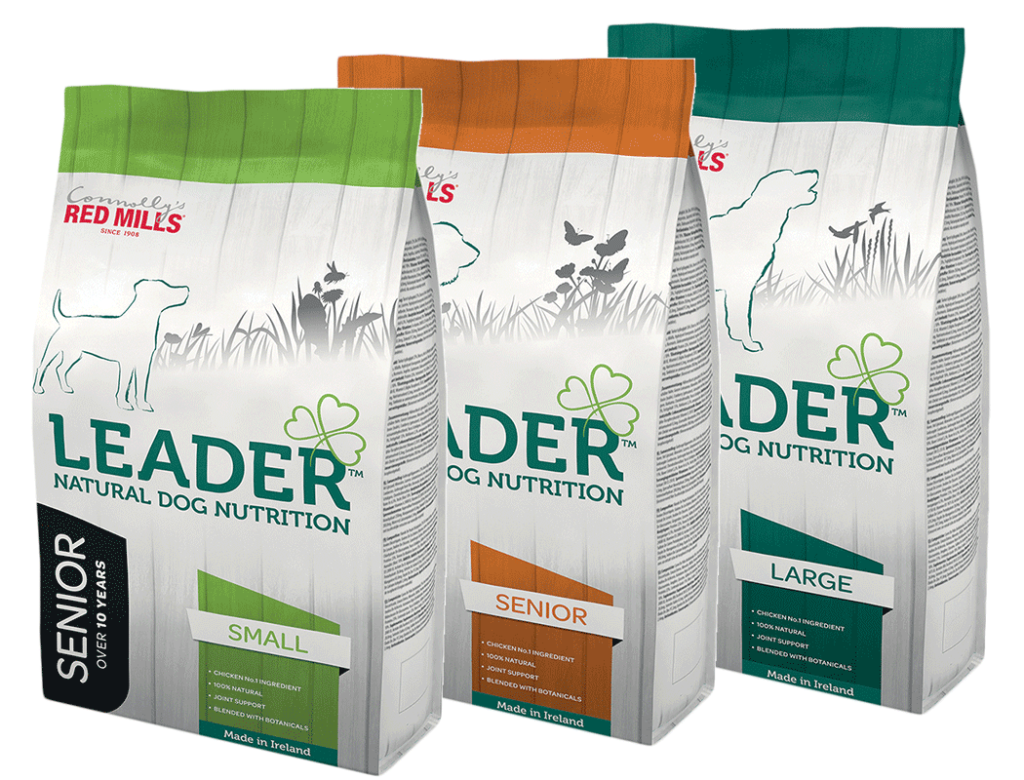When Should I Switch My Dog to a Senior Diet?
Share
[Sassy_Social_Share]Most of us have heard the maxim that one dog year is equal to seven human years, but we’ve also noticed that most two year old dogs are more mature than the average 14 year old human. The seven-to-one ratio is meant to be a guide to a dog’s life span, but given that the normal life span for a dog can vary from ten to 18 years depending on breed and lifestyle, that rule of thumb is too vague to be useful.
It’s good to be aware of your dog’s aging process so you can provide the right support at the right time – before your dog develops problems. We can’t stop the aging process, but we can take some solid steps to ensure our beloved dog’s comfort. When your dog reaches the senior stage, you can:Switch to a senior dog food with nutrients to support aging joints.
Provide a softer bed that is easy for your dog to get in and out of.
Get a dog jumper or coat and a raincoat so your dog can walk comfortably in wet and cold weather.
Take shorter, slower walks every day.
Check nails more frequently. With less walking, they won’t be worn down as much and may need more frequent trims.
Be aware that your dog probably cannot see or hear as well as they once could.
Of all these things, the most important is feeding an age-appropriate food. A senior dog food will provide the optimal balance of nutrients to help keep your dog healthy and pain-free as they age. So the big question is – at what age should you switch to senior dog food?
What Age Is a Senior Dog?
Every dog is an individual, and aging is influenced by lifestyle. But different breeds have a standard age range, so you can use that as a guide. If your dog is a mixed breed, you can look into the relevant breeds or the general type of dog to get a rough idea of when your pet is a senior dog. Generally speaking, larger dogs have shorter lifespans. Dogs can be considered seniors anywhere from five to ten years of age.

Keep in mind that many breeds are divided into different types based on size. Poodles and schnauzers are two examples of breeds that can range from large to small.
| Size | Age Range | Breeds |
| Giant/ Very Large | Life Expectancy 7 to 10 years | Irish Wolfhound, Great Dane, Bernese Mountain Dog, Bull Mastiff |
| Large | Life Expectancy 10 to 12 years | German Shepherd, Red Setter, Labrador, Boxer, Greyhound |
| Medium | Life Expectancy 12 to 14 years | Springer Spaniel, Border Collie, English Setter, German Pointer, Kerry Blue Terrier |
| Small | Life Expectancy 12 to 15 years | Pug, Jack Russell Terrier, Beagle, Cairn Terrier, Cavalier King Charles Spaniel, |
| Toy | Life Expectancy 12 to 16 years | Maltese, Chihuahua, Pomeranian, Yorkshire Terrier |
While very large dogs are usually considered seniors around five years of age, most breeds enter their senior years around eight to ten years old. But many factors influence aging, so it is not as simple as watching the calendar. Breed, individual genetics, diet, overall health and lifestyle all play a role in the speed of the aging process. The most important thing is to pay particular attention to your dog once they approach the general threshold for their type and to have good communication with your vet.
Signs Your Dog Is at the Age for Senior Dog Food
The best approach is to gradually transition your dog to senior food when they first show the earliest signs of aging. Switching too soon can deprive them of the nutrients they need to fuel their busier lives, while waiting too long can mean they suffer from not having nutrients that support aging joints and account for a slower metabolism. Every dog is an individual, but here are some changes to watch for when deciding when to switch them to senior dog food. (Any sudden or dramatic changes should be discussed with your vet as they can indicate illness rather than the natural aging process.)
- Less Energy. Your dog is less interested in walks or playing. They sleep more and are slower getting up from their bed.
- Weight Gain. As your dog’s metabolism slows, they are less active and put on weight more easily. A thicker midsection is a sign of aging in dogs.
- Hearing and Vision Loss. When your dog loses the ability to see where that frisbee or ball you threw went or when they don’t respond as well to verbal commands, it is often the normal aging process at work.
- Dull Coat. If the shine has gone off your dog’s coat or if their skin is drier, it can indicate they are entering their golden years.
If your dog is between five and ten and shows these signs of aging, it is time to look for the best senior dog food.
Finding the Best Senior Dog Food for Your Pet
When your dog reaches the age for senior dog food, of course you want the very best to keep them feeling great. Not all senior dog foods are the same – and they shouldn’t be because not all senior dogs are the same. Your older dog’s size is still an important factor in their nutritional needs. All older dogs need glucosamine and chondroitin to support their joints, but larger dogs need more at every age than smaller dogs. Remember, your dog’s digestion is affected by aging too so it is important to transition to the new food gradually.
Our dogs give us their best every day. Of course we want to return the favour and give them the longest, healthiest, happiest life we can. Wholesome food appropriate to their age is a critical part of that, but it isn’t the only part. Even very geriatric dogs appreciate a short stroll and a chance to sniff around outside every day.









